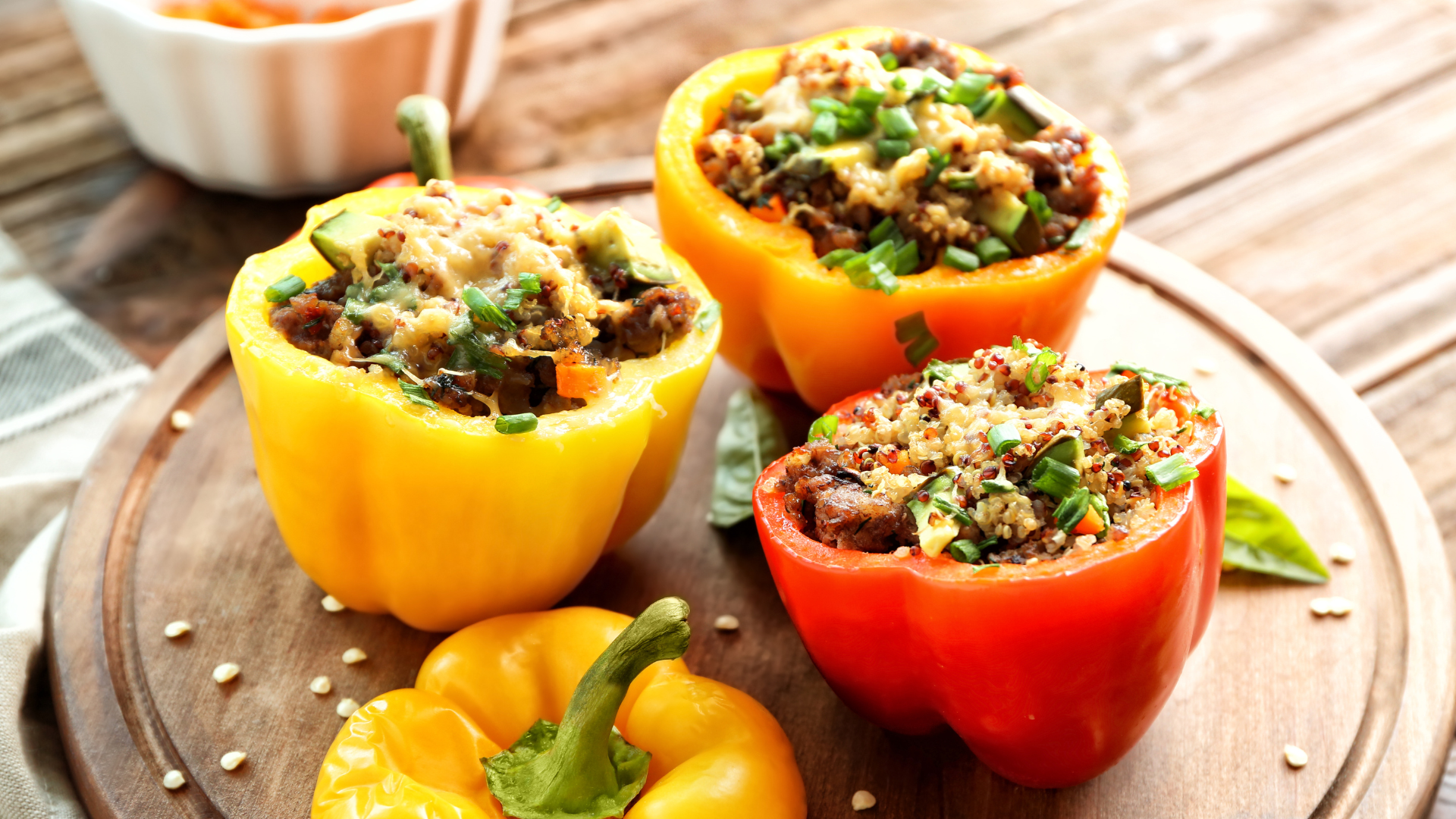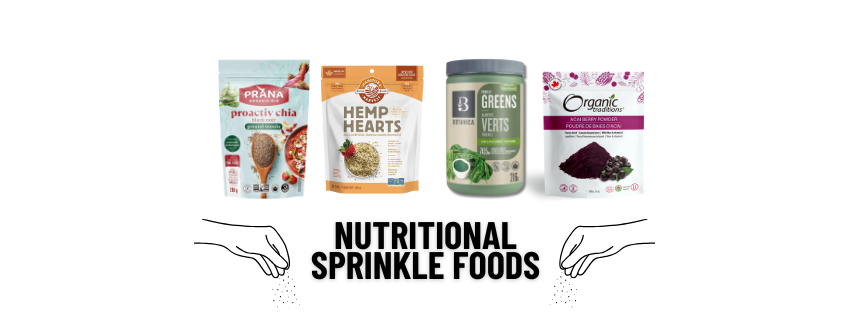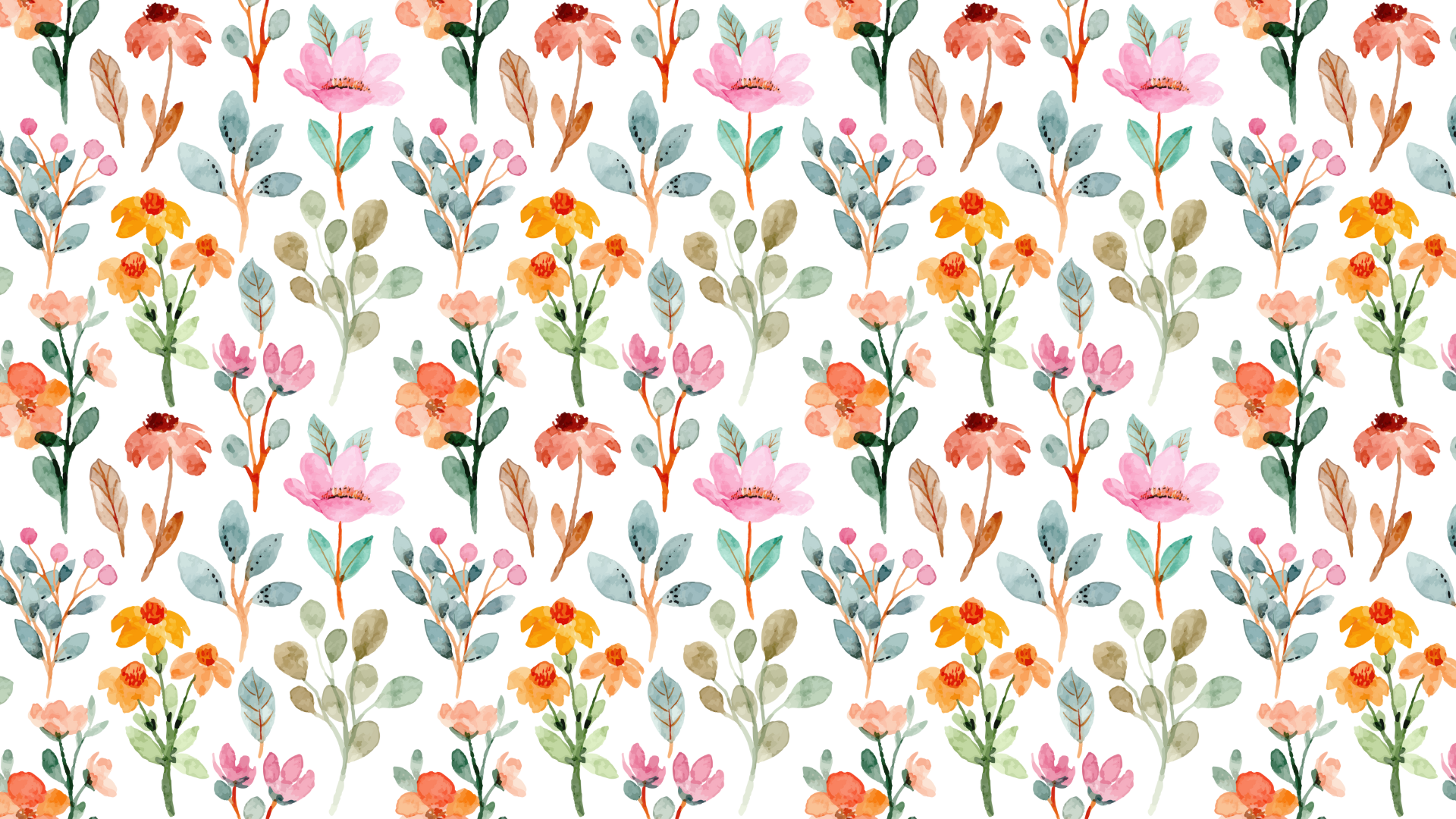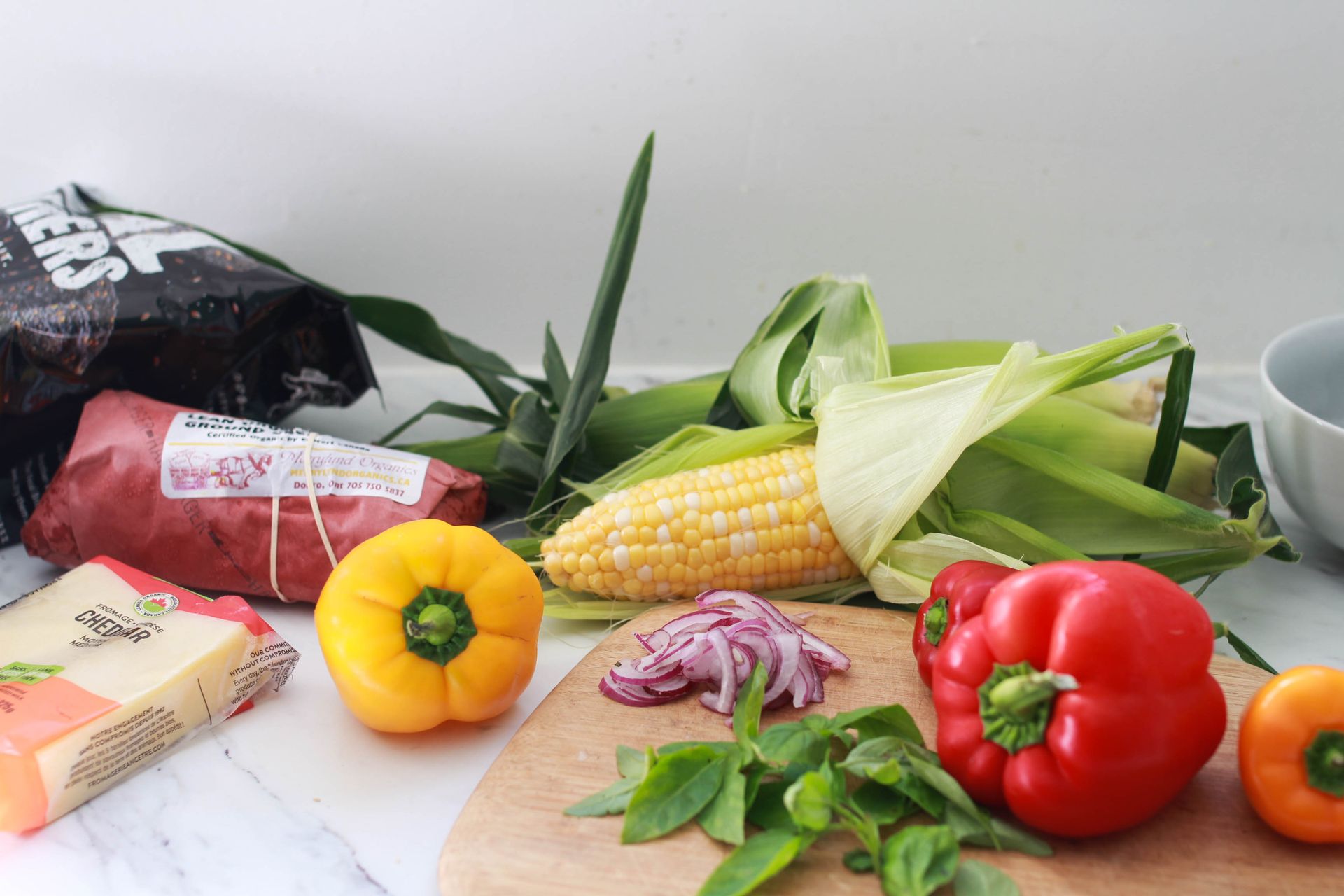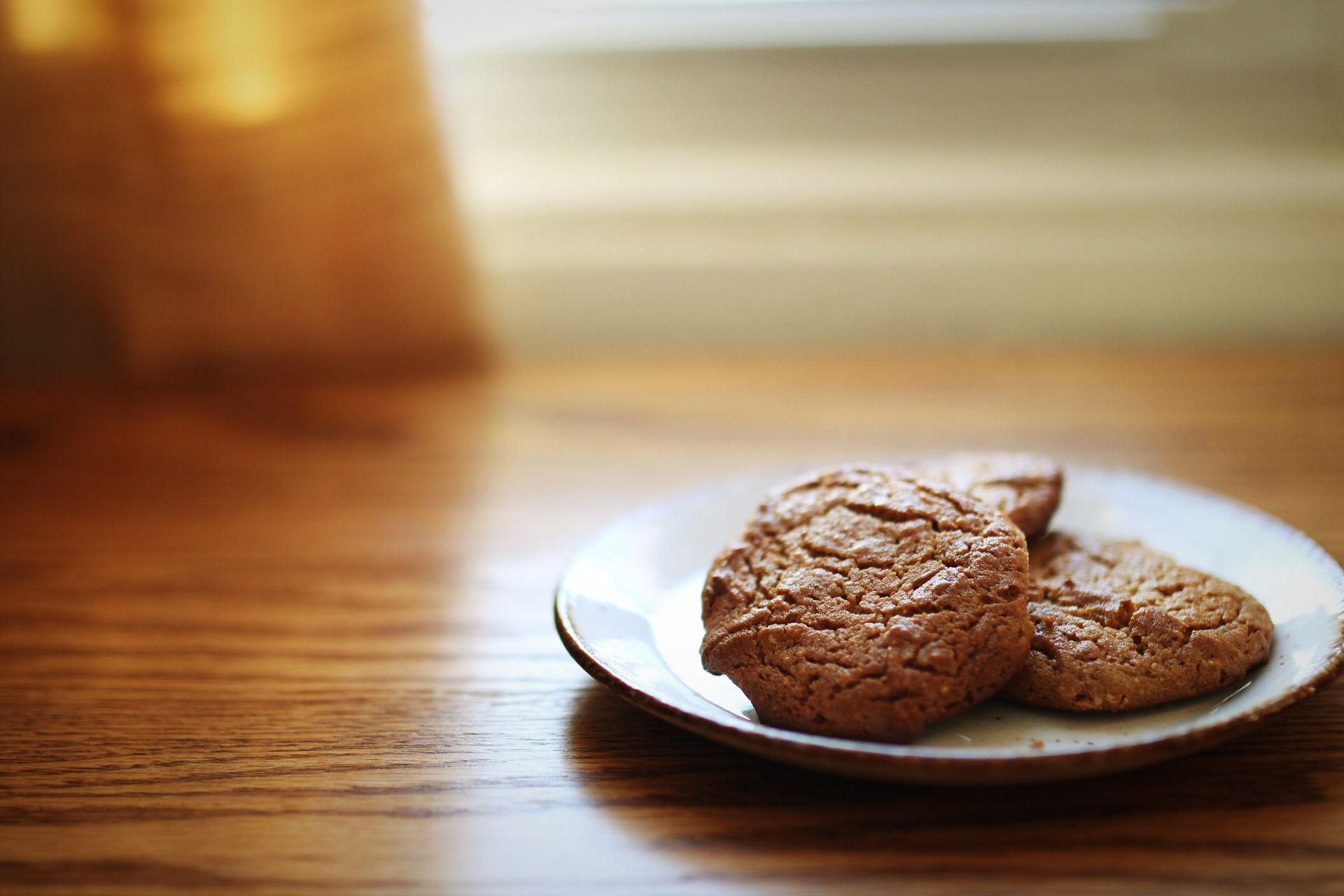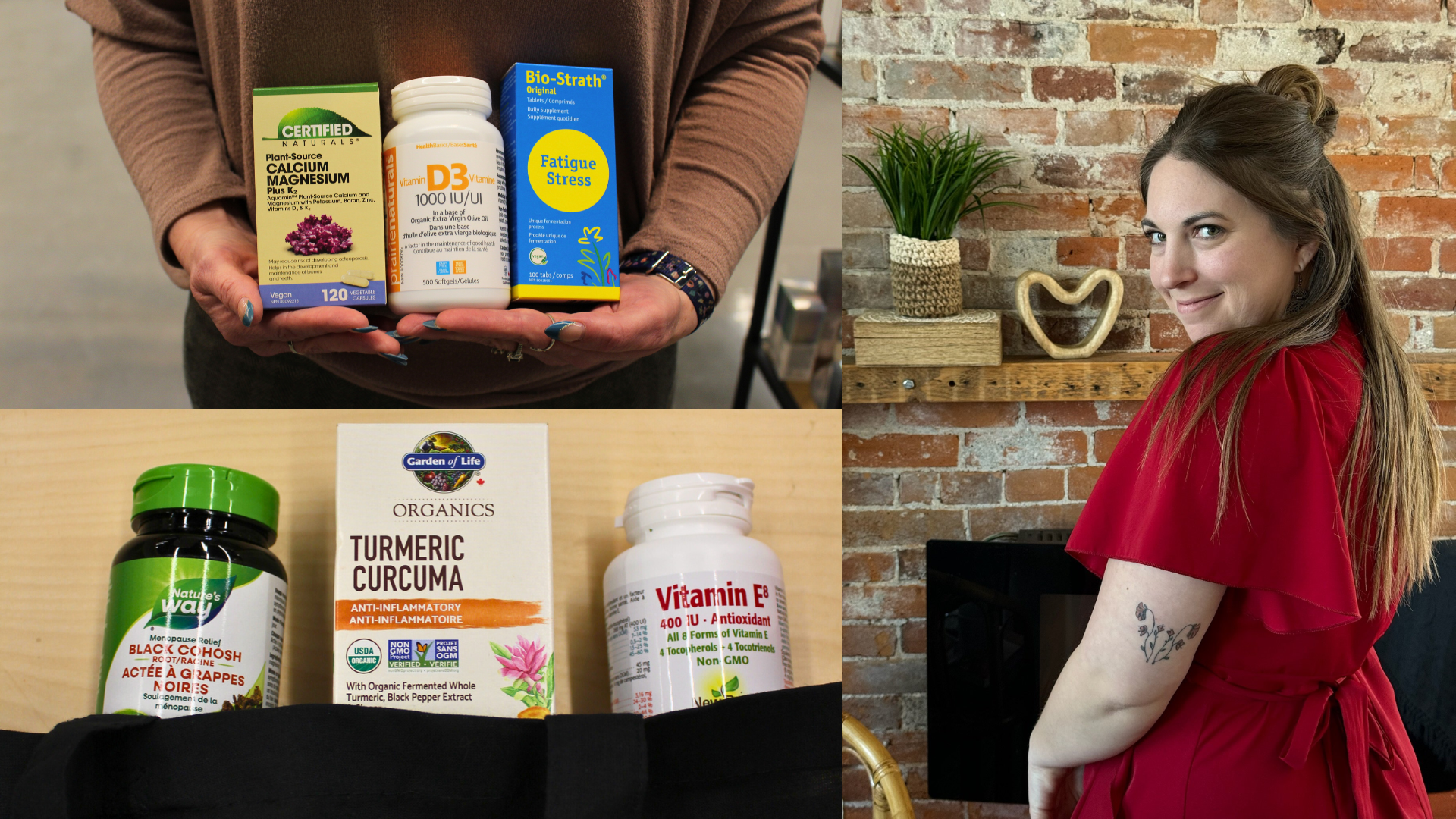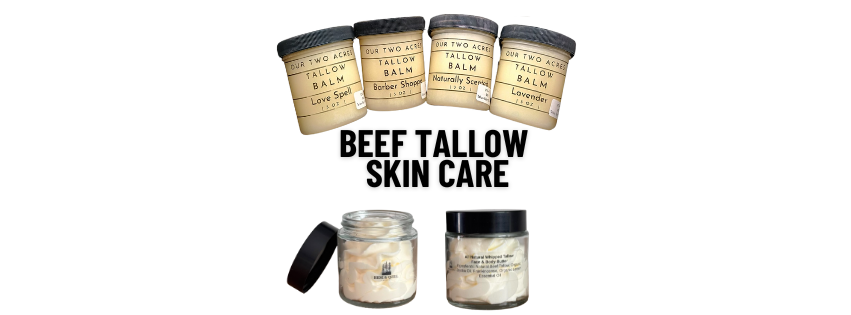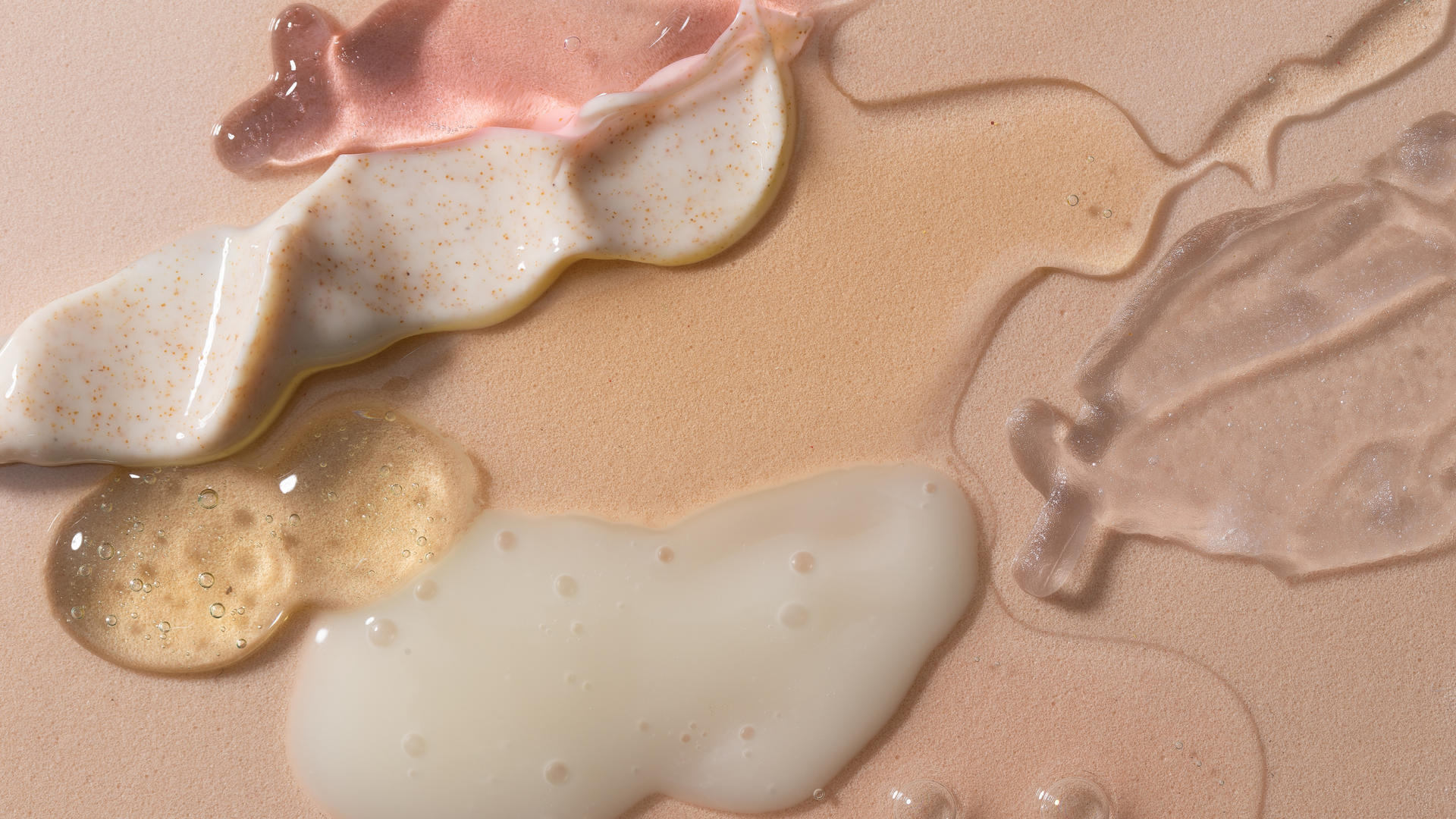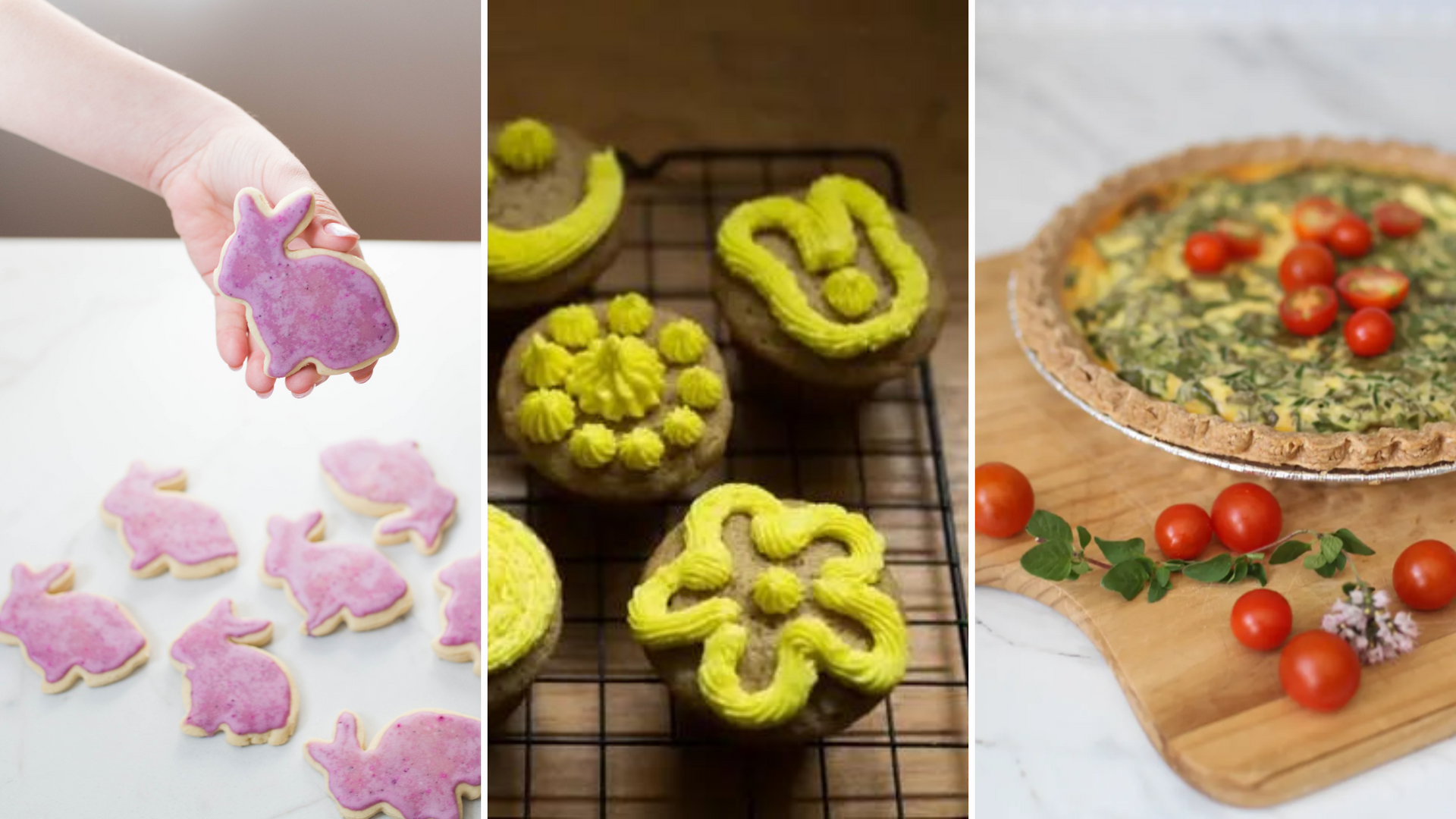Reducing Food Waste: 5 Easy Hacks
With the changes to Peterborough’s garbage collection system starting tomorrow and the introduction of household organic waste collection, you may be looking for ways to decrease your household food waste. Whether through prevention or repurposing, it means less work for you every week at garbage collection time.
In a previous post, we gave you 5 ways to repurpose kitchen scraps, including regrowing, pickling, and cleaning.
Here are 5 MORE ways to reduce household waste:
Store Fresh Berries In Mason Jars
Spending a few extra minutes to wash and store your berries in a mason jar will allow you to keep your berries fresher for MUCH longer. After washing your berries, lay them out to dry on a cutting board or other clean surface. This will allow any excess moisture to dry off your berries. Then, place them in a mason jar. You can place a dry paper towel at the bottom of the jar to catch any extra moisture. Twist on the lid, and you’ve got fresh berries for weeks!
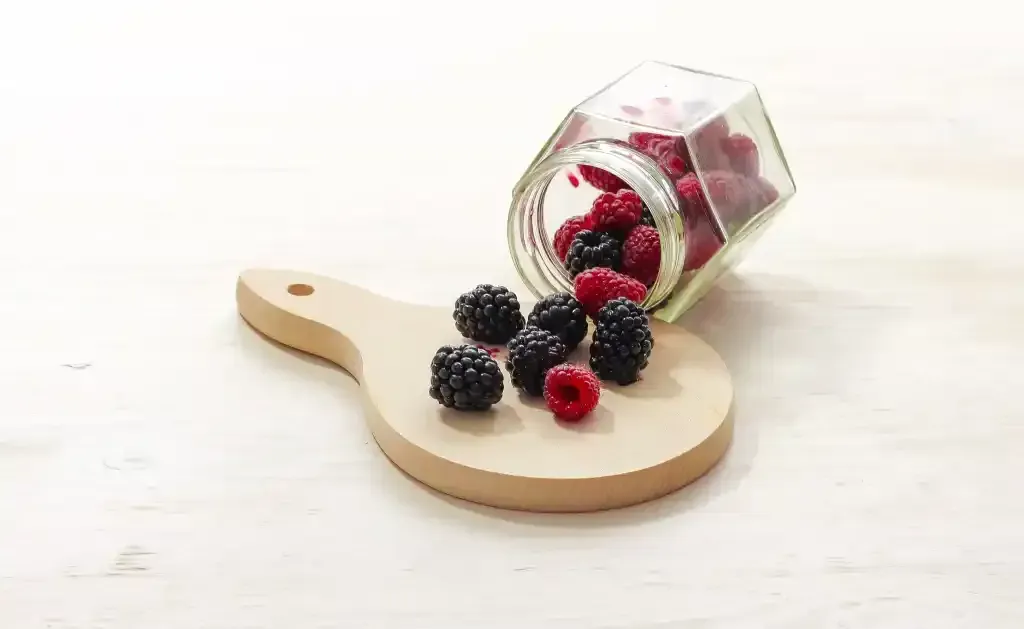
Plants Love Coffee Grounds (And So Does Your Skin!)
Use your spent coffee grounds as fertilizer for your plants! Acid-loving plants such as roses, azaleas, rhododendrons, hydrangeas, lily of the valley, and more. Sprinkle just a small amount of used coffee grounds on your plants and give them some water. Coffee grounds have key nutrients needed by plants, including nitrogen, potassium, magnesium, calcium, and other trace minerals.
If you’re not a plant person, try using your spent coffee grounds in a DIY Exfoliating Scrub! This recipe is great and contains simple ingredients:
- About 50g of Spent Coffee Grounds (or what’s left of your coffee grounds post-brew)
- 100g of Coconut Oil
- 1-2 drops of Tea Tree essential oil
- 3-4 drops of Tangerine essential oil
- A jar to put your scrub in
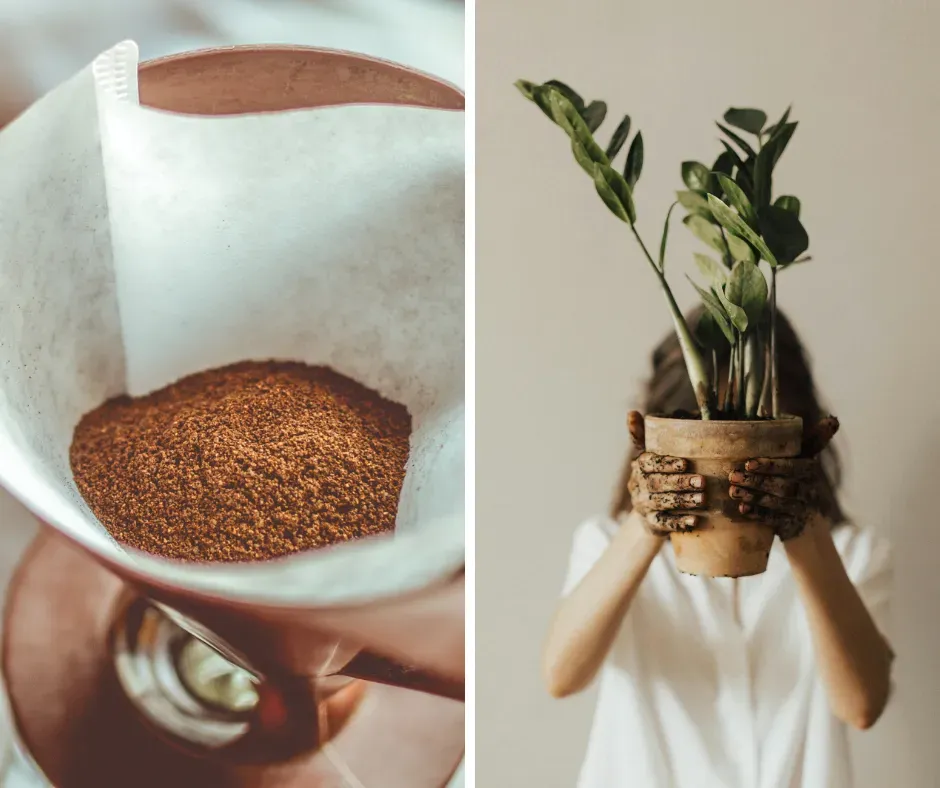
Start An “Eat This First” Section
To make sure the oldest produce is eaten first, dedicate a section of your crisper or basket in your fridge to things that need to be eaten first. Or more simply, if you buy some new apples but have a couple left, be sure to place the older ones on the top of the fruit bowl so they’re eaten before they go rotten. When you keep things this way, it’s a great visual reminder of what you have – whether you eat them, use them in a smoothie, or in a dish.
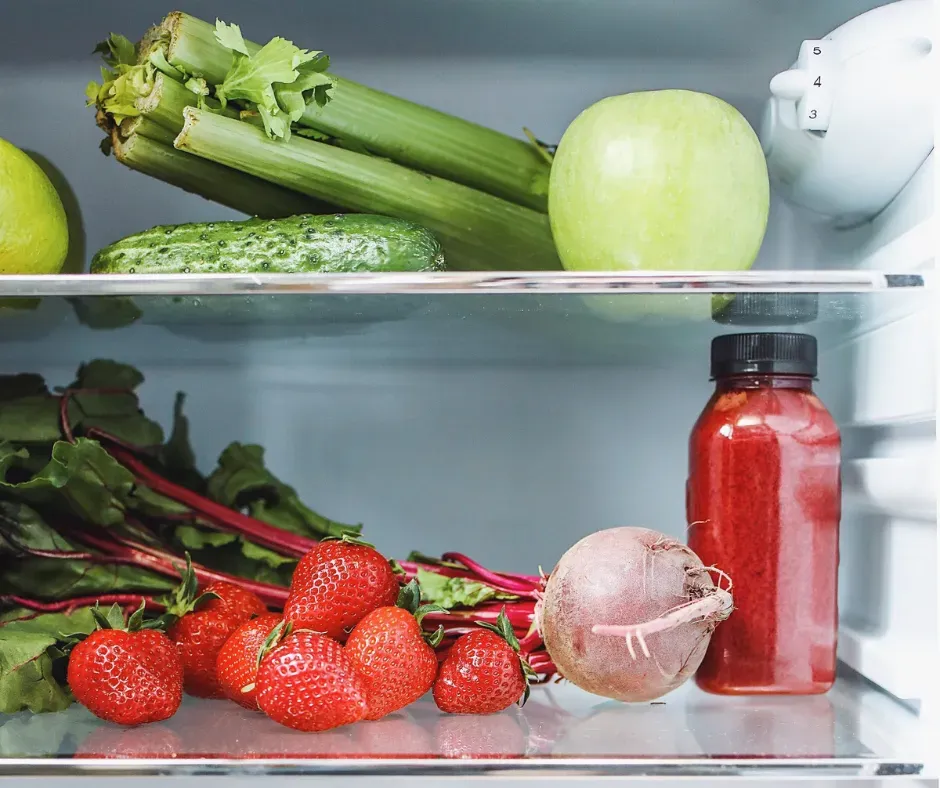
Use Every Part Of The Vegetable (When You Can)
Did you know that a lot of the parts of vegetables we throw out – like stems, leaves, and peels – can be eaten, and are SUPER good for you?
Cauliflower leaves are a great example. They’re just as edible as the stems or florets, and are a great ingredients that adds tasty flavour to lots of dishes. You can make roasted cauliflower leaves, cauliflower leaf soup, cauliflower leaf pesto, and more!
This website has a great list of recipes.
An obvious one that we may not think about are potato peels (or any root vegetable peels). These are totally edible and a simple way to make a quick snack. You can make potato peel crisps by giving your peels a good wash and dry, putting them on a tray with a nice avocado or olive oil drizzle and your favourite spices. Roast in the oven until they’re crispy, and enjoy dipped in some hummus or tzatziki!
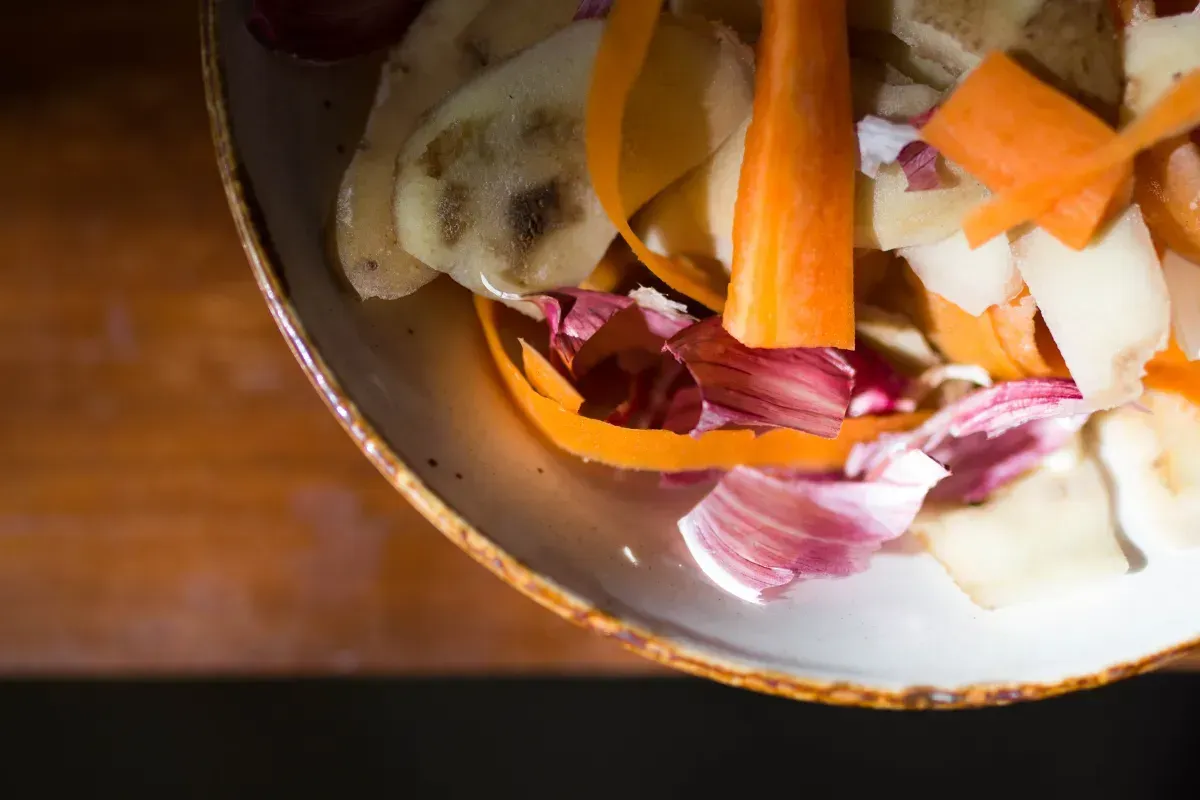
Fruit And Veggie Infused Water
Use up any aging fruits and veggies by adding them to your water or tea for a refreshing twist! Lemon and lime, berries, mint, cucumber, and more are all delicious and nutritious additions to a cold cup of water.
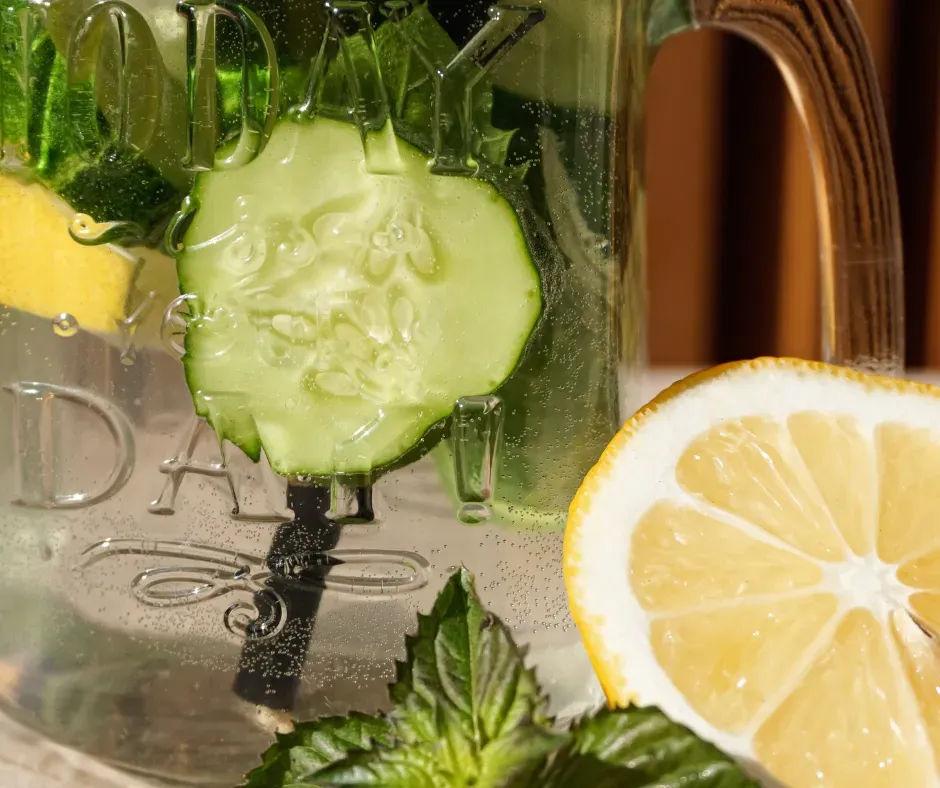
We hope these tips have been helpful! For more info on Peterborough’s household organic waste pickup and the rules surrounding it, click here.
Tell us your hacks on social media and tag us when you use our tips! We’d love to share them with our community.

